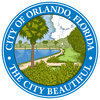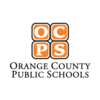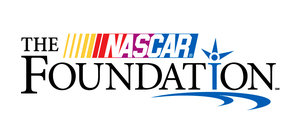Education
Improving Elementary Students' Reading Skills Through Storytelling, Art, And Coding.
Learn Jelly’s theory of change holds that communities will become safer, healthier, and stronger as the amount of cognitive human capital within them increases. As a result, we believe every incremental increase in cognitive human capital will net a positive impact on the communities level of innovation, production, institutional efficiency, behavior, and overall well-being. To accomplish this, the people living and working inside of them must receive a high-quality education, which is defined as activities that are designed to provoke and enhance the development of critical thinking, knowledge and understanding, personality, attitudes, and special skills. To maximize the impact of these activities on cognitive results, students must engage in this type of activity from early childhood on, learn in structures that objectively and constantly measure achievement and discipline, and encounter higher teacher quality and more problem-solving instruction.
As a result of our theory of change, we have developed an instructional practice that combines storytelling, art, and coding into a project-based structure that’s designed to help elementary educators measure and improve students’ reading, thinking, and learning skills. We understand what’s at stake, communities that thrive because the people who live in them are more innovative, productive, engaged, and have better overall well-being. This is why we are dedicated to making our professional development, student workshops, and online courses accessible to educators so that every child has access to the tools that will help them maximize their cognitive ability.
Visualization is the key to comprehension: Students transforming stories that they wrote into digital animations using Scratch.












